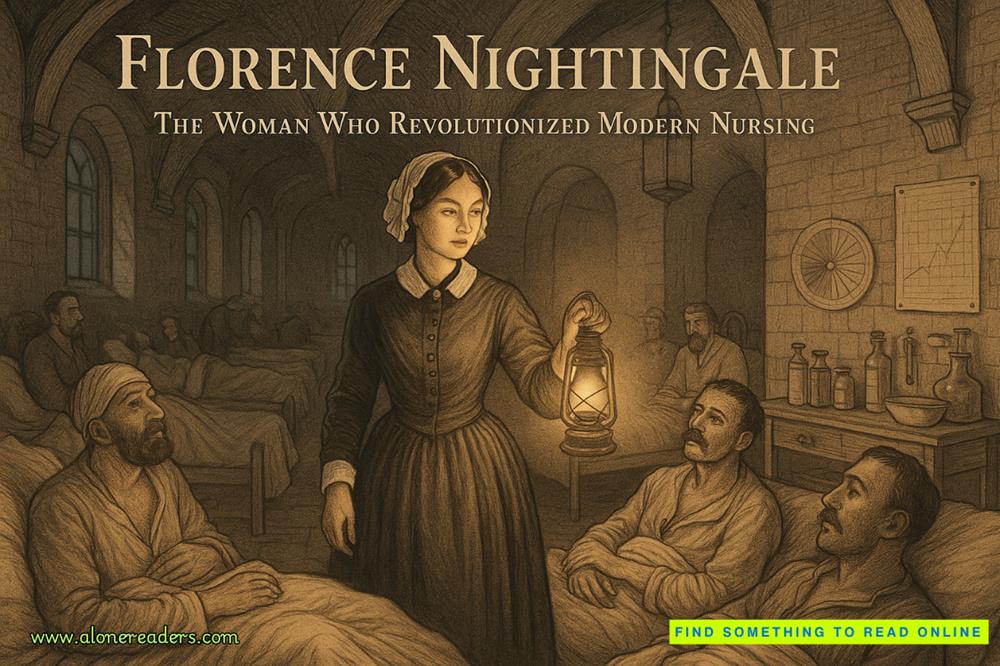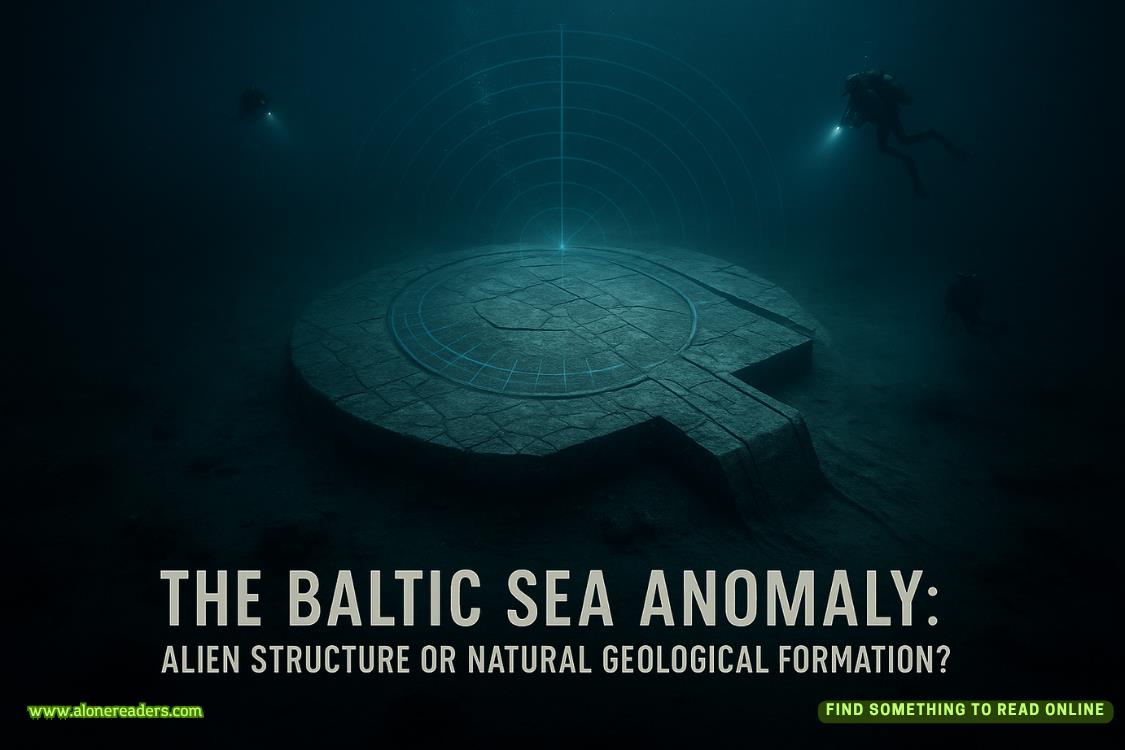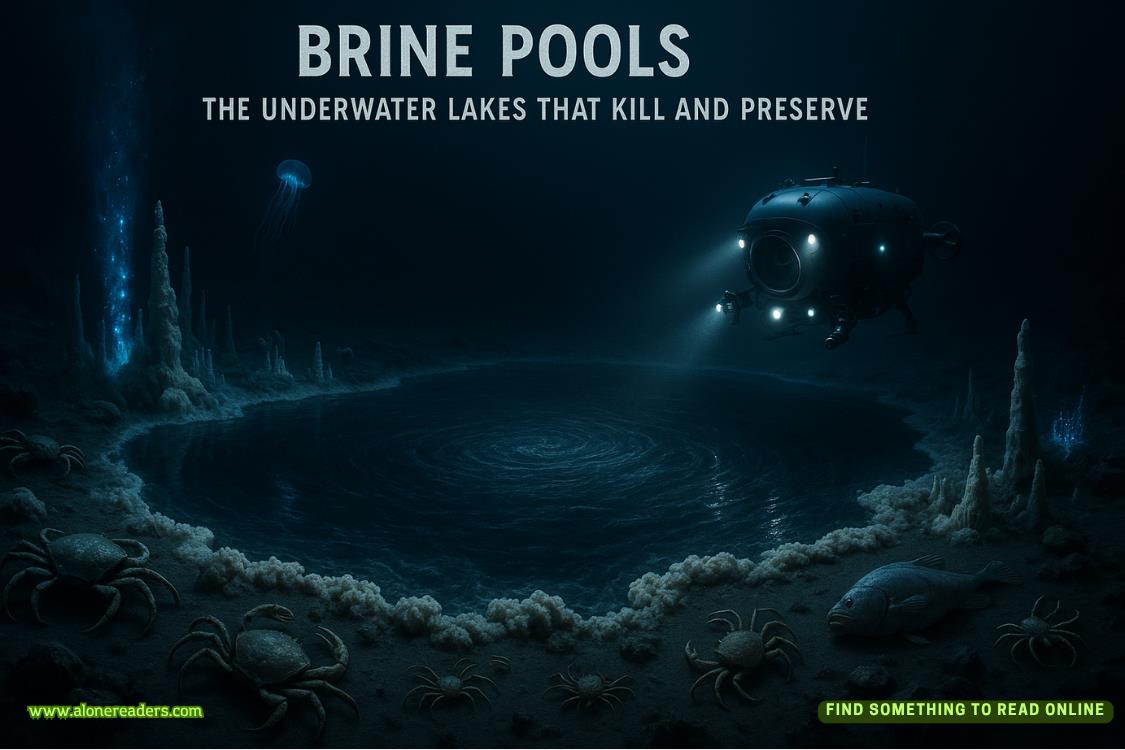Page 2 of Atlantis Found (Dirk Pitt 15)
Entire nations and cities that had stood only a few hours before vanished without a trace. The cataclysm of such magnitude left almost no evidence of any prior transcendent civilizations.
Of the shockingly low number of humans who survived, almost all lived in the higher altitudes of mountain ranges and were able to hide in caves to escape the furies of the turbulence. Unlike the more advanced Bronze Age peoples who tended to cluster and build on lowlying plains near rivers and ocean shorelines, the inhabitants of the mountains were Stone Age nomads. It was as though the cream of the crop, the Leonardo da Vincis, the Picassos, and the Einsteins of their era had evaporated into nothingness, abruptly leaving the world to be taken over by primitive nomadic hunters, a phenomenon similar to what happened to the glory of Greece and Rome after it was cast aside in favor of centuries of ignorance and creative lethargy. A neolithic dark age shrouded the grave of the highly cultured civilizations that once existed in the world, a dark age that would last for two thousand years. Slowly, very slowly, did mankind finally walk from the dark and begin building and creating cities and civilizations again in Mesopotamia and Egypt.
Pitifully few of the gifted builders and creative thinkers of the lost cultures survived to reach high ground. Realizing their civilization was lost, never to rise again, they began a centuries-long quest to erect the mysterious megaliths and dolmens of huge upright stones found across Europe, Asia, the Pacific Islands, and into the lower Americas. Long after the memory of their shining legacy had dimmed and become little more than myth, their monuments commemorating the frightful destruction and loss of life still acted as warnings of the next cataclysm to future generations. But within a millennium, their descendants slowly forgot the old ways and assimilated with the nomadic tribes and ceased to exist as a race of advanced people.
For hundreds of years after the convulsion, humans were afraid to venture down from the mountains and re-inhabit the lower lands and coastal shorelines. The technically superior seafaring nations were but vague thoughts of a distant past. Ship construction and sailing techniques were lost and had to be reinvented by later generations whose more accomplished ancestors were revered simply as gods.
All this death and devastation was caused by a hunk of dirty ice no larger than a small farm town in Iowa. The comet had wreaked its unholy havoc, mercilessly, viciously. The earth had not been ravaged with such vehemence since a meteor had struck 65 million years earlier in a catastrophe that had exterminated the dinosaurs.
For thousands of years after the impact, comets were associated with superstitions of catastrophic events and considered omens of future tragedies. They were blamed for everything from wars and pestilence to death and destruction. Not until recent history were comets considered nature's wonders, like the splendor of a rainbow or clouds painted gold by a setting sun.
The biblical flood and a host of other calamity legends all had ties to this one tragedy. The ancient civilizations of Olmecs, Mayans, and Aztecs of Central America had many traditions relating to an ancient cataclysmic event. The Indian tribes throughout the United States passed down stories of waters flooding over their lands. The Chinese, the Polynesians, and Africans all spoke of a cataclysm that decimated their ancestors.
But the legend that was spawned and that flourished throughout the centuries, the one that provoked the most mystery and intrigue, was that of the lost continent and civilization of Atlantis.
GHOST SHIP
September 30, 1858
Stefansson Bay, Antarctica
Roxanna Mender knew that if she stopped walking she would die. She was near complete exhaustion and moving on willpower alone. The temperature was well below zero, but it was the windchill from the frigid teeth of the ice gale that was biting through her skin. The deadly drowsiness gently slipping over her was slowly draining her will to live. She moved forward, one foot groping ahead of the other, stumbling when caught off balance by a sudden break in the ice field. Her breath came in the rapid, rasping panting of a mountain climber struggling toward a peak in the Himalayas without oxygen equipment.
Her vision was nonexistent as the icy windblown particles swirled in front of her face, protected by a thick woolen scarf wrapped inside her fur-lined parka. Though she only squinted between the layers of the scarf every other minute, her eyes were sore and reddened from the onslaught of the tiny granules.
Frustration gripped Roxanna when she looked up and saw the dazzling blue sky and brilliant sun above the storm. Blinding ice storms under clear skies were not an uncommon phenomenon in Antarctica.
Surprisingly, snow rarely falls in the South Polar region. It is so incredibly cold that the atmosphere cannot contain water vapor, so any snowfall is minimal. Not more than five inches falls over the continent in the course of a year. Some of the snow that is already on the ground is actually several thousand years old. The harsh sun strikes the white ice on an oblique angle and its heat is reflected back into space, contributing largely to the extraordinarily cold temperatures.
Roxanna was fortunate. The cold did not penetrate her clothing. Rather than wearing European cold-weather garb, she was dressed in clothing her husband had acquired while trading with Eskimos during his earlier whaling expeditions in the Arctic. Her inner clothing consisted of a tunic, short knee-length pants, and a socklike boot made with soft fur worn against her feet. Separate outerwear protected against extreme cold. The parka was loose-fitting to allow body heat to circulate and escape without the problem of sweat buildup. It was made from wolf fur, while the pants came from a caribou.
The boots stood high and were worn over the socks, with the fur inward.
Her greatest physical danger lay in breaking an ankle or leg on the uneven surface, and if she somehow survived, there was the threat of frostbite. Though her body was protected, it was her face that worried her. At the least tingle on either her cheek or nose, she vigorously rubbed the skin to restart circulation.
She had already watched six of her husband's crew develop frostbite, two of them losing toes and one his ears.
Thankfully, the icy gale began to die away and lose its violence, and her progress became easier than it had been for the past hour she had been wandering lost. The howling wind faded from her ears, and she could hear the squeak of the ice crystals beneath her feet.
She reached a hill about fifteen feet high from base to ridge formed by the restless sea ice grinding and forcing the floe upward into what was called a hummock. Most formed an uneven surface, but this one was weathered until its sides were smooth. Falling to her hands and knees, she clawed her way upward, sliding back two feet for every three she gained.
The exertion took what little strength Roxanna had left. Without knowing how, or remembering the struggle, she pulled herself onto the ridge of the hummock half-dead from exhaustion, heart pounding, breath coming in labored gasps. She did not know how long she lay there, but she was thankful to rest her eyes from the ice-plagued wind. After a few minutes, when her heart slowed and her breath began to come evenly, Roxanna cursed herself for the predicament she had foolishly caused. Time had no reference. Without a watch, she had no idea how many hours had passed since she walked from her husband's whaling ship, the Paloverde.
Nearly six months earlier, the ship had become locked in the pack ice, and to endure the boredom she had begun taking daily hikes, keeping within easy view of the ship and its crew, who kept an eye on her.
That morning the skies had dawned crystal clear when she left the ship, but they soon turned dark and vanished when the ice storm swept over the ice. Within minutes, the ship had disappeared and Roxanna found herself wandering lost on the ice pack.
Traditionally, most whalers never sailed with women aboard. But many wives refused to sit at home for the three to four years their husbands were gone. Roxanna Mender was not about to spend thousands of lonely hours alone. She was a hardy woman, though petite, barely reaching five feet in height and weighing less than a hundred pounds. With her light brown eyes and ready smile, she was a pretty woman who seldom complained of the hardship and boredom and who rarely became seasick. In her cramped cabin she had already given birth to a baby boy, whom she had named Samuel. And though she had yet to tell her husband, she was about two months pregnant with the next baby. She had found acceptance aboard ship with the crew, taught several to read, written letters home to their wives and families, and acted as nurse whenever there was an injury or sickness on board.
The Paloverde was one of the fleet of whalers that sailed from San Francisco on the nation's west coast. She was a stout ship, especially constructed for polar operations during the whaling season. With a length of 132 feet, a beam of 30 feet, and a draft of 17 feet, her tonnage was close to 330. Her dimensions allowed for a large cargo of whale oil and accommodations for a lame crew of officers and men for voyages that could last as long as three years. Her pine keel, timbers, and beams were cut from the forests of the Sierra Nevada Mountains. Once they were positioned, the three-inch planking was laid on and fastened by trunnels, a wooden nail usually cut from oak.
She was rigged as a three-masted bark, and her lines were clean, bold, and rakish. Her cabins were neatly furnished and paneled in Washington spruce. The captain's cabin was particularly well appointed because of his wife's insistence that she accompany him on the long voyage. The figurehead was a finely carved image of a paloverde tree, native to the southwest. The ship's name was spread across the stern in carved letters gilded in gold. Also adorning the stern was a spreadwinged carving of the California condor.
Instead of sailing north through the Bering Sea toward the Arctic and the more established waters for whale hunting, Roxanna's husband, Captain Bradford Mender, had taken the Paloverde south to the Antarctic. He believed that since the region was overlooked and seldom visited by the hardy whalers from New England, there was a golden opportunity to find virgin whaling grounds.
Soon after arriving near the Antarctic Circle, the crew took six whales as the ship sailed in the open water between the shore, often threading its way through a sea of icebergs. Then, in the last week of March, the Antarctic autumn, the ice built over the sea at incredible speed until it reached a thickness of nearly four feet. The Paloverde might still have escaped to clear water, but a sudden shift of wind became a howling gale that drove the ship back toward shore. With no avenue of escape left open, as the ice charged toward them in chunks larger than the ship itself, the crew of the Paloverde could only stand helpless and watch the cold trap spring shut.
The ice quickly surged around the whaler with such force as to shove her relentlessly toward the land as if caught in a giant fist. The clear water near the land was quickly filling with a sheet of ice. Mender and his crew desperately labored and finally succeeded in getting the Paloverde's anchors to hold in six fathoms less than two miles from shore. But within hours, the ship was jammed tightly in the ice that continued to thicken, and soon all signs of water were replaced by a white shroud. The Antarctic winter was upon them, and the days began to shrink. There was no hope of escaping, and mild weather with warmer temperatures was a good seven months away.















